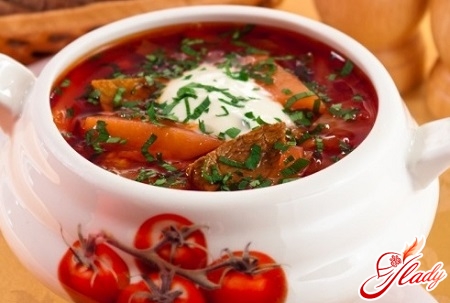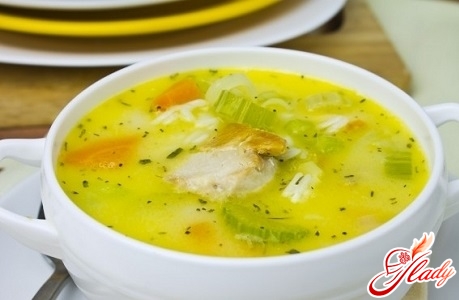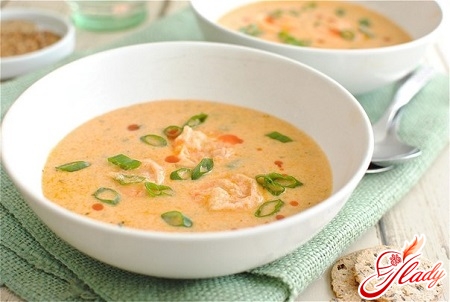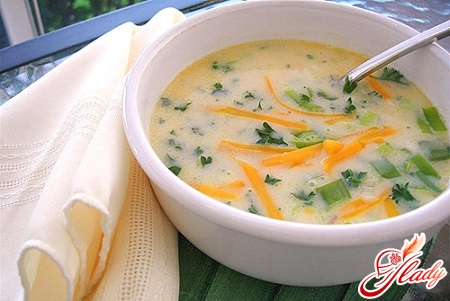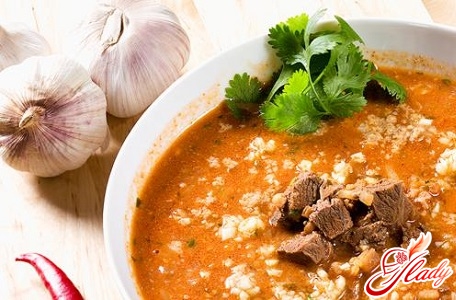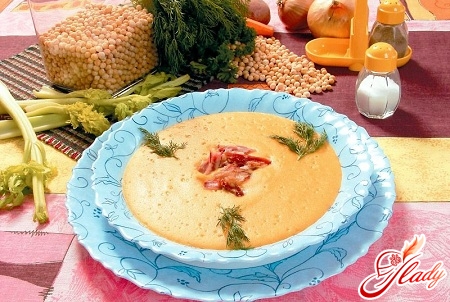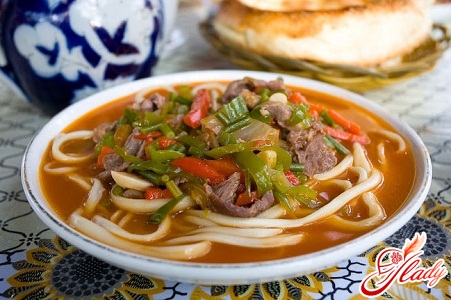 Have you ever tried Lagman? Surely you have come to taste the delicious aroma of roasted meat, which is accompanied by the fragrance of fresh parsley and celery and the astringent smell of zira and coriander; and appetizing amber slices of fat, floating in broth, and thin noodles in harmony with tender vegetables harmoniously complement the taste and aroma of meat. Lagman is one of the most favorite dishes of admirers of "real men's food". This is an oriental dish consisting of special kind of noodles (actually lagman) and gravy of meat and vegetables; these two component dishes are prepared separately, and before serving on the table they are combined in a heated kasa - Uzbek plate. Practically in every country in the world there is a national dish resembling a lagman: cooked separately, but served together noodles and sauce from meat and vegetables; noodles in each country are different - thick or thin, cut or pulled, rice or wheat. There are also different ingredients that are added to the sauce. In Korea, for example, use a fresh cucumber. In the Tatar lagman add red vinegar, katik, a mixture of various peppers, cumin and saffron. The recipe for the preparation of the Siberian lagman is distinguished by the fact that it contains minced meat and pickled cucumber. In Malaysia, prepare "lax", it is made with chicken and coconut milk. And in Latin America instead of meat put the fish and call it a dish "chupin". In this article you will find Sun. The necessary information about lagman: a recipe for cooking and a photo of a ready-made dish.
Have you ever tried Lagman? Surely you have come to taste the delicious aroma of roasted meat, which is accompanied by the fragrance of fresh parsley and celery and the astringent smell of zira and coriander; and appetizing amber slices of fat, floating in broth, and thin noodles in harmony with tender vegetables harmoniously complement the taste and aroma of meat. Lagman is one of the most favorite dishes of admirers of "real men's food". This is an oriental dish consisting of special kind of noodles (actually lagman) and gravy of meat and vegetables; these two component dishes are prepared separately, and before serving on the table they are combined in a heated kasa - Uzbek plate. Practically in every country in the world there is a national dish resembling a lagman: cooked separately, but served together noodles and sauce from meat and vegetables; noodles in each country are different - thick or thin, cut or pulled, rice or wheat. There are also different ingredients that are added to the sauce. In Korea, for example, use a fresh cucumber. In the Tatar lagman add red vinegar, katik, a mixture of various peppers, cumin and saffron. The recipe for the preparation of the Siberian lagman is distinguished by the fact that it contains minced meat and pickled cucumber. In Malaysia, prepare "lax", it is made with chicken and coconut milk. And in Latin America instead of meat put the fish and call it a dish "chupin". In this article you will find Sun. The necessary information about lagman: a recipe for cooking and a photo of a ready-made dish.
The main components and ingredients of Lagman
To get a real lagman, the recipepreparation should be accurate enough. For the lagman, the waja is being prepared (there are also other names - kayla, tuzluk) and chuzma. Vaja is a sauce that is cooked in a cauldron. The taste of waji should not distract the consumer's attention; it is very important that all the ingredients of the lagman harmonize with each other as much as possible. For Uighur dishes, meat and vegetables are fried over a large fire so that the vegetables are crunchy in the ready-made dish. The remaining recipes assume that the vegetables are extinguished over medium heat until they are ready; ready-made vegetables are considered only when they are very soft. For lagman, lamb is usually taken, but beef is allowed. The meat is cut in different ways: in Uigur meat is cut with long plates, in Uzbek - with cubes measuring approximately 2х2 centimeters. In the tea-houses meat is fried in large pieces - 100-150 grams. So the taste of meat is more intense. At the end of cooking it is extracted, finely chopped and added directly to the plate. The set of vegetables for this dish varies depending on the season. The obligatory ingredient is tomatoes, Bulgarian pepper, dzhuSay (if necessary, its replacement with garlic arrows or wild garlic), onion. In the Tashkent variation, there is certainly a radish (or daikon, or radish). The Uygur cook never uses potatoes for this dish; Uzbeks add it almost always. Other vegetables are taken at will: cabbage, carrots, aubergines, turnips, green beans, beets. Before you start to put out the vaju, all its ingredients are first fried in either fattened fat or vegetable or melted butter. The first always pawns meat, then onions, then the rest of the vegetables - in this order, so that in the end they are not digested. In order for the waja to be most consistent with the traditional form, it is necessary to achieve a rich color of the prepared dish. For this, the onion must be roasted until golden in addition to tomato paste, and in addition to tomatoes, the addition of tomato paste is allowed. Spices in each region are added in their own way: Uighurs put classical Chinese seasonings, in Tashkent, basil is required, Dungan lagman season with zira, coriander and badyan (a little, it is very specific). As we already mentioned, the second component of the dish is a chuzma. This is a special elongated noodles. If you do not live in Central Asia, you can hardly buy ready-made chuzma. If you really want to cook this dish of chuzma, most likely you will have to do it yourself. This is not difficult at all. Experienced mistress can make a lagman for 15 minutes. Those who do this for the first time will have to work, of course, but it is not so laborious. As a supplement to this enchanting oriental soup, Sai is served (salad of fried eggplant, meat and pepper), lazsan / laz / lan-chang (red pepper with garlic, filled with boiling oil), fried dzhuSay, various sauces: from green onions, from celery, from string beans and others. 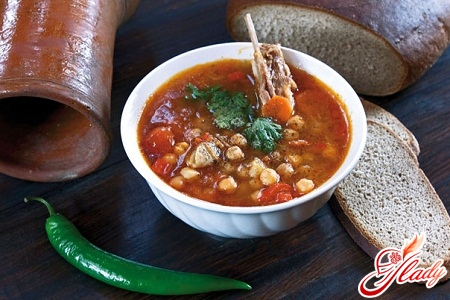
The recipe for lagman
So, the lagman. The recipe is basic, variations are possible. If you do this dish for the first time, then first mix the dough for chuzma (noodles), and then grab the vaju.
- Chuzma
Make sure that there are no drafts in the room,otherwise the dough will break when pulled. You need to take about one kilogram of flour, one and a half glasses of water, 3 eggs, salt. Mix the eggs with water and salt. In the resulting mixture gradually add, stirring, flour. Knead the tight dough. Then continue to knead the dough on the table, rolling the future noodles into a bowl and kneading it with fists. Do not hurry; patient mixing is sure to be rewarded, and the dough will become exactly as it should be - elastic, but supple. At the end make a ball of dough, wrap in a clean towel and leave it to rest for about an hour or two. When the dough settles, oil your hands, cut some dough and roll the sausage from the cut piece. Take the sausage in your hands and start pulling with both hands. Here, too, do not rush, just stretching is obtained only from very experienced cooks. When the dough is slightly stretched, add a spiral wound to a greased large plate and grasp the next batch. When all the sausages have passed the first stage of stretching, proceed to the second stretch, and if necessary, then to the third. Do not forget to lubricate your hands with oil. Extend the noodles again with a spiral and leave for one or two hours. As often happens, the description often takes longer than the process itself. Do not be afraid, you will necessarily get a wonderful chuzma, especially if you act slowly, enjoying the process. Some sources recommend the initial sausages roll out on the table; so you will clearly facilitate the cooking process, but it is unlikely to achieve the necessary lightness and elasticity of the noodles. If you do not seek to find it, you better just buy in the store spaghetti. Boil the salt water and proceed to the final part of cooking the noodles. At this stage, stretching will become easy and even entertaining. Take the tourniquet with both hands, beat it slightly on the table and pull it. The ideal thickness of the cousin is approximately like a wire for a phone charger. Hang the threads of noodles on a wooden stick (spoon) and gradually dip them into the boiling water. Three minutes of cooking is enough to prepare Lagman. Throw it in a colander and put it under a stream of cold water. All! Chuzma is ready.
- Vaja
We prepare all the products in advance so that no unnecessary fuss arises. Remember that lagman is an oriental dish, it requires concentration and tranquility. Take 700-800 grams of meat and 1.5 kg of vegetables:
- large tomatoes - 4 pcs.
- 4-5 small potatoes
- 2 sweet peppers garlic head
- the remaining volume is made with onions and carrots. (You can take other vegetables, of your choice).
Meat cut into cubes or cubes, vegetables -cubes, onions - rings or cubes. Preheat the cauldron, melt the fatty fat. Remove cracklings. Fire make above average, but not too strong. Fry the meat to a beautiful color. Then add the onion (it should become golden!). If necessary, pour the water. Now - turn carrots (and aubergines, if used). Lightly fry vegetables, add finely chopped garlic, tomatoes and beans (and if required for color, then tomato paste), Bulgarian pepper. Allow the vegetables to be properly browned. Pour the vaju with boiling water or broth, wait until the boil and reduce the heat. The amount of liquid regulates the density of gravy, pour so much to get the desired result. Wait 20 minutes. (It is at this point that it's ideal to start cooking chuzma). Was Vaja already half boiling? Did it become a fiery color? Its aroma fills your heart with joy and anticipation of gastronomic ecstasy? Then season it with coriander, a small fraction of badjan, freshly ground zira, spicy pepper. Lay the potatoes and make sure that it does not boil, otherwise the broth will become cloudy. Bring it to the ready for a very small fire. Remove excess fat from above (you can not remove it). Add the seasoning - jujSay or garlic arrows, black pepper. Grind and add fresh herbs: parsley, coriander, if you find - jambul (as an option - basil, dill, celery). Close the lid tightly and let it brew for 10-15 minutes. Finally, take the kasu (you have not forgotten that this is a special plate?) And always scald it so that it does not violate the thermal integrity of the prepared lagman. If the chuzma has cooled, do the same with it. At the counter, put the noodles on top, fill it with a fragrant wajoy. If necessary, sprinkle on the plate with herbs, garlic, cracklings. Give a plug and a spoon to the lagman. A fork is for noodles, a spoon for vaji. All. Now bliss! Eastern housewives prepare lagman at least twice a week. And they know a lot about enjoying food. Maybe you should follow their example? We advise you to read:




